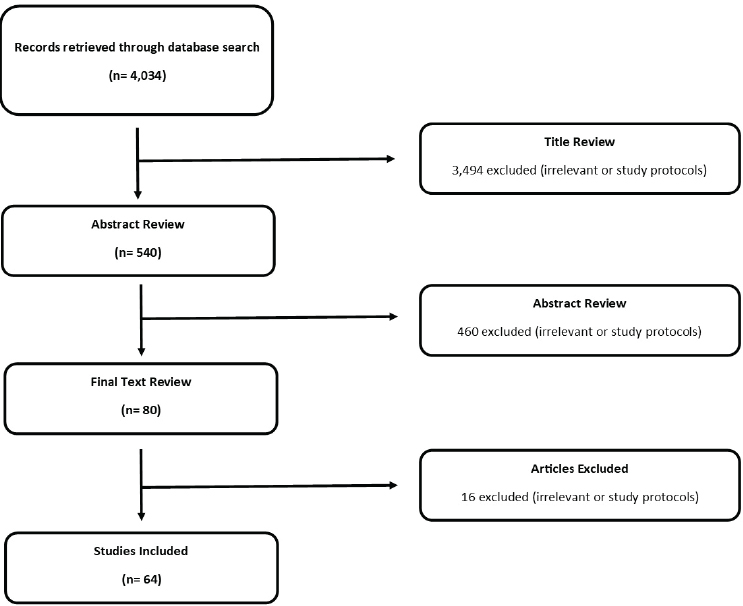B
Methods for Rapid Review
OBJECTIVE
The objective of this rapid review was to accumulate evidence on strategies being used by governments and insurers to improve health care quality.
Types of Studies Included
- Randomized controlled trials (RCTs), including cluster randomized controlled trials (CRCTs)
- Quasirandomized trials (QRTs), including cluster quasirandomized trials (ClQ-RCTs) using methods of allocation such as alternation or allocation by case note number
- Observational designs with a comparison group, such as cohort or case-control designs (cross-sectional designs excluded)
- Case series in which a comparison can be made before and after the implementation of a strategy
Types of Participants: Patients, health care consumers, and health care providers, including organizations (e.g., hospitals, practices, and individual health care professionals), without any restriction by type of health care professional, provider, setting, or purchaser.
Types of Outcome Measures: Primary: Improvement in a quality-of-care metric (i.e., safety, effectiveness, timeliness, patient-centeredness, equity, or efficiency) at any follow-up time.
SEARCH STRATEGY AND DATABASES USED
All terms within Table B-1 below were searched with an OR command between them, while terms across columns were searched with an AND command between them. The search was first conducted with terms from all columns being used. A secondary search was then conducted with column D excluded, and all duplicates were deleted.
| Databases: Scopus, Web of Science, Medline (Ovid), Embase (Ovid), and Pubmed | |||
|---|---|---|---|
| A | B | C | D |
| All low- and middle-income countries as identified by the World Bank |
|
|
|
NOTE: The search terms were developed based on an initial reading of the literature and feedback from the committee.

DATA COLLECTION AND ANALYSIS
Selection of Studies
All titles and abstracts were downloaded into Excel. Articles were excluded in three phases: title review, abstract review, and document review. One reviewer conducted the title review. Two reviewers conducted the abstract review. Articles included for document review were the combination of those abstracts deemed eligible for inclusion. Multiple reviewers then conducted the last phase as articles were read for content.
Data Management
In the final phase of document review, all papers were categorized to streamline synthesis of data. Fourteen categories were identified: accreditation, conditional cash transfers, community engagement, public report, payment reform (general), workforce training, clinical monitoring and
auditing, care coordination, clinical decision support, pay for performance, mHealth, quality improvement (general), strategic purchasing and contracting, and financial incentives (general).
Data Extraction
Data from each study were extracted on type of study, intervention, and clinical outcome being investigated; magnitude of the effect; the study’s importance for quality; and areas of knowledge still needed.
ARTICLES INCLUDED
The flow chart depicted in Figure B-1 illustrates the articles initially identified in the literature search and each step of the exclusion process.




